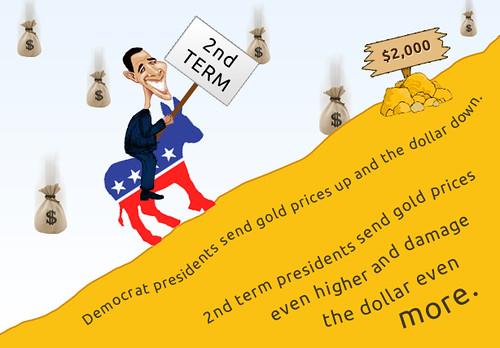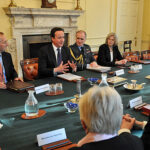The gold price rose Thursday as US Federal Reserve warned against inflation risks and the labour market.
The outcome of US-China’s trade talks this weekend was also closely watched by investors.
Haresh Menghani is the editor of FXStreet. He said that the initial reaction by the market to Fed’s (Fed’s) Wednesday hawkish pause was short-lived due to increased economic uncertainty caused by Trump’s rapid shift in trade policy.
The most active gold contract at the COMEX is currently $3,398.60 an ounce. This represents a 0.2% increase from its previous closing price.
The price of the contract rose above $3400 an ounce and reached an intraday high $3421.94 per ounce.
The gold price dropped by 2.4% last week. This was the biggest weekly drop since February.
There was no particular trigger that led to the price rise. Carsten Fritsch said that it is possible market participants perceived the slightly lower prices as an opportunity to buy.
Gold is a good safe-haven because of the high level of uncertainty.
Fed maintains status quo
The Federal Reserve cited widespread expectations and decided to keep its benchmark rate in the range of 4.25%-4.5%.
The decision was made at the end of a two day monetary policy conference on Wednesday.
In its accompanying statement, the US central bank indicated that there was a new increase in economic uncertainty.
In the press conference that followed the meeting, Fed chair Jerome Powell discussed the uncertainty around tariffs.
The appropriate action, he said, was to wait for further clarification on the issue.
Menghani stated that “this suggests the US central banks is not inclined to cut rates any time soon even though it did not impress the US Dollar Bulls.”
Inflows of safe-haven assets support gold prices
Gold prices continue to be supported by the safe-haven flows that are driven by geopolitical tensions in particular in the Middle East, and also between Russia and Ukraine.
The Ukrainian Air Force reported early Thursday morning that Russian aircraft had launched guided bombs in the Sumy area of northern Ukraine.
Vladimir Putin declared a ceasefire for three days.
Bombings occurred just hours after the ceasefire.
Oman, meanwhile, announced Wednesday it had mediated a ceasefire between Washington and Houthis in which the two sides agreed not to target each other.
On social media, Houthi leader have said that despite calls for a deescalation they will not stop their attacks.
Shehbaz sharif, the Pakistani Prime Minister also promised to respond after Indian forces launched missiles on nine terrorist targets early in the morning of Wednesday.
India launched its strike in response to the killing of tourists in Kashmir, in April.
Dhwani Mehta is an analyst with FXStreet.
Investors will continue to rely on the gold price as a safety net in times of increased geopolitical and trade uncertainty.
Views from the Technical Perspective
The gold price has recovered overnight from its slump and is pushing past the psychological threshold of $3400 per ounce.
The US and China are reportedly getting ready for trade negotiations this weekend. Prices fell on Wednesday.
These are just talks to set the stage for future, more detailed discussions. David Morrison is a senior analyst with Trade Nation and he said that it was good to see the two parties communicating.
Given the magnitude of gains made in the first two trading sessions of this week, it seemed reasonable to anticipate some sort of pullback or consolidation.
FXStreet reports that gold prices will likely continue to rise, because daily chart oscillators indicate a strong upward trend.
FXStreet’s Menghani stated that gaining momentum above $3,434-3.435 or the area of the weekly high would enhance the positive outlook. This will enable the commodity to reach its highest record and target the $3.500 level.
This article Gold remains firm due to safe-haven demand, which outweighs Fed’s hawkish signals first appeared on The ICD




